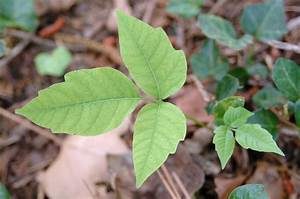PREVENT INJURIES WITH PLAYGROUND, CAR AND BIKE SAFETY
Springtime is a great time to get outside and play! Keep these safety tips in mind. 
- Car safety for kids. Never let kids ride in the cargo areas of pickup trucks or vans. Children under 12 should ride in the back seat, and properly restrained in an appropriate child safety seat for their height and weight.
- Bike safety. Bicyclists of all ages, including kids, must wear a properly fitting helmet while riding a bike. Make sure your child’s bike is the right size, and teach him or her to obey all traffic rules while riding. Busy neighborhoods can be especially dangerous. Talk with your host parents about ways to keep safe while riding on busy streets.
- Playground safety. As with other summertime activities, kids should always have adult supervision when having fun on the playground.
- Equipment should be firmly anchored and well-maintained. There should be shock-absorbing material such as rubber, gravel or wood chips, and equipment should be installed at least 6” from fences or sidewalks.
- Avoid clothing or accessories that could cause strangulation. These include drawstrings, necklaces or loose-fitting garments.
BE CAREFUL WITH POISON IVY
Poison ivy, poison oak and poison sumac all contain urushiol, a rash-causing substance that produces an allergic reaction in 60-80% of all people.
You don’t even have to touch the plant to be affected. Urushiol can be transferred by touching another person or an article of clothing that has been in contact with an offending plant. If can also be inhaled if a poison ivy plant is burned.
You can reduce the risk to you and your kids by:
Learning to identify poison ivy, poison oak and poison sumac leaves
- Avoiding outdoor areas where you know poison ivy is present
- Wearing long sleeves and pants in areas where poison ivy may be present
- Washing skin as quickly as possible if exposure occurs
- Bathing and washing clothes after time outdoors
- Bathing pets who may have been exposed
Symptoms of poison ivy exposure include red, itchy, swollen skin and blisters.
- Call a doctor if your child develops a fever or any type of rash.
- The rash typically takes 1-2 weeks to heal.
- Treatment includes cool showers and soothing lotion to calm the skin.
- If your child has a severe reaction, your doctor may prescribe pills or creams to promote healing.
WATCH FOR TICK BITES
Always check for ticks after you or your kids have been outdoors during the summertime. Removing the tick as quickly as possible reduces the risk of tick-borne illness such as Lyme disease.
- Don’t use petroleum jelly or a hot match. These don’t work and may cause the tick to burrow even deeper into the skin.
- Remove the tick using the following steps:
- Use tweezers to grasp the tick as close to the skin as possible.
- Pull firmly and steadily until the tick is removed.
- Don’t twist or rotate the tick.
- If part of the tick stays in, it will eventually come out on its own.
- Gently wash the affected area with soap and water.
- Call your pediatrician. He or she may prescribe antibiotics if your child is at risk of Lyme disease.
- Pay attention for symptoms of Lyme disease. Early treatment is crucial for long-term recovery.
- Red ringed rash around the affected area
- Red or irritated skin
- Flu-like symptoms
- Painful or swollen joints
- Facial paralysis

